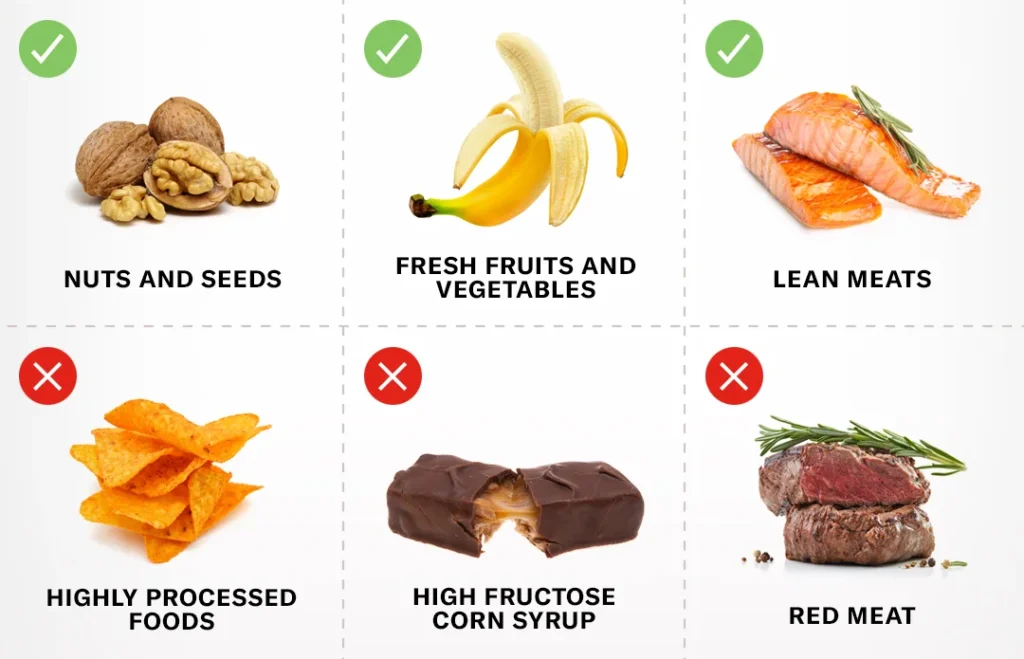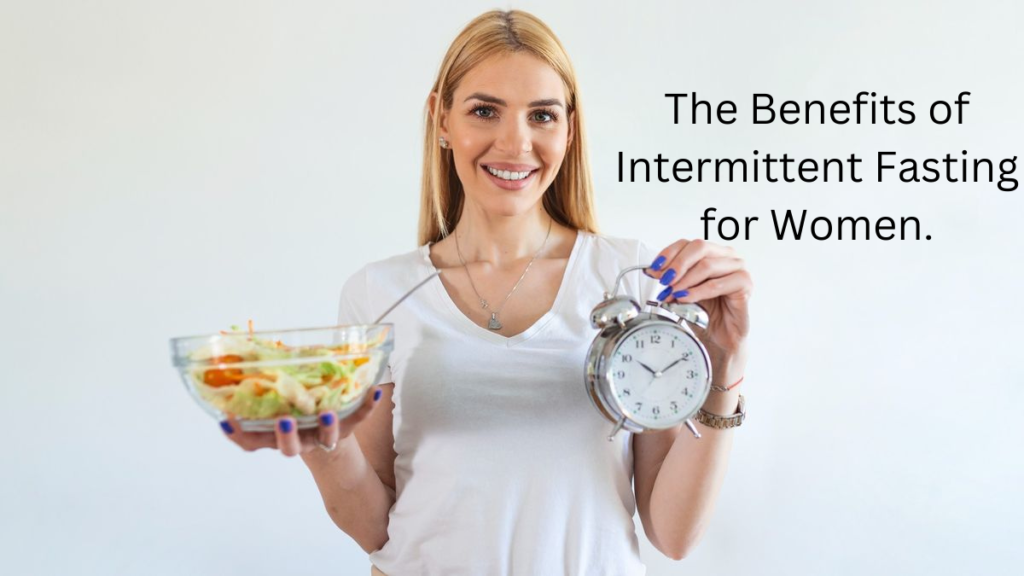Discover the best anti-inflammatory foods that help reduce menstrual pain naturally. Learn how to use diet for effective menstrual pain relief and overall women’s health.
Menstrual pain, also known as dysmenorrhea, affects millions of women every month. While medication provides temporary relief, many women are turning to diet as a long-term and natural solution. An anti-inflammatory diet not only eases period pain but also promotes overall well-being. By choosing the right foods, you can reduce cramps, bloating, fatigue, and discomfort naturally.
Common Causes of Menstrual Pain
Menstrual cramps are primarily caused by prostaglandins, hormone-like substances that trigger uterine contractions. Higher levels of prostaglandins increase pain and inflammation. Lifestyle factors such as stress, poor diet, and lack of exercise can worsen symptoms. Eating inflammation-fighting foods can counteract this process and reduce discomfort.
How an Anti-Inflammatory Diet Helps
An anti-inflammatory diet focuses on nutrient-rich foods that lower inflammation markers, regulate hormones, and improve blood flow. These foods contain antioxidants, omega-3 fatty acids, vitamins, and minerals that support reproductive health. Women who follow this diet consistently often experience fewer cramps and better overall cycle health.
Best Anti-Inflammatory Foods for Menstrual Pain Relief
1. Fatty Fish (Salmon, Mackerel, Sardines)
Rich in omega-3 fatty acids, fatty fish reduces inflammation and helps regulate prostaglandin production. Omega-3s also support mood stability during PMS.
2. Leafy Green Vegetables (Spinach, Kale, Swiss Chard)
Greens are packed with magnesium, which relaxes muscles and eases cramps. They also contain iron to replenish what’s lost during menstruation.
3. Berries (Blueberries, Strawberries, Raspberries)
Berries are loaded with antioxidants that fight oxidative stress. Their anti-inflammatory compounds reduce bloating and fatigue.
4. Nuts and Seeds (Flaxseeds, Chia Seeds, Walnuts)
These are excellent sources of omega-3s and magnesium. Flaxseeds also support hormone balance by providing lignans.
5. Ginger
Ginger has natural anti-inflammatory and pain-relieving properties. Drinking ginger tea or adding it to meals can significantly reduce cramps.
6. Turmeric
Curcumin, the active compound in turmeric, reduces prostaglandin levels and inflammation. It works best when combined with black pepper for absorption.
7. Dark Chocolate (70% or higher)
Dark chocolate is rich in magnesium and antioxidants. In moderation, it helps ease cramps and boosts mood.
8. Green Tea
Green tea contains antioxidants and compounds that lower stress hormones. It also reduces water retention and bloating.
9. Olive Oil
A healthy fat alternative to processed oils, olive oil lowers inflammation and supports hormone regulation.
10. Whole Grains (Oats, Brown Rice, Quinoa)
Whole grains stabilize blood sugar levels, reducing mood swings and fatigue during menstruation.
Foods to Avoid During Menstruation
While adding anti-inflammatory foods is important, avoiding certain items also makes a difference. Limit:
-
Processed foods high in sugar and salt
-
Caffeine, which worsens anxiety and dehydration
-
Alcohol, which disrupts hormone balance
-
Red meat, which increases prostaglandin production
Sample Anti-Inflammatory Meal Plan for Period Relief
-
Breakfast: Oatmeal topped with chia seeds, blueberries, and walnuts
-
Lunch: Grilled salmon with quinoa and steamed spinach
-
Snack: Ginger tea with a piece of dark chocolate
-
Dinner: Lentil soup with turmeric, kale salad, and olive oil dressing
Actionable Tips for Women
-
Start incorporating anti-inflammatory foods a week before your period.
-
Stay hydrated to reduce bloating.
-
Balance your meals with proteins, healthy fats, and complex carbs.
-
Pair anti-inflammatory foods with light exercise like yoga for maximum relief.
FAQs
1. How soon can I feel relief after switching to an anti-inflammatory diet?
Some women notice improvements within 1–2 cycles, but consistency is key.
2. Can I still eat meat while following this diet?
Yes, but choose lean proteins like chicken and fish instead of red meat.
3. Are supplements necessary?
Not always. A nutrient-rich anti-inflammatory diet can often provide all the essentials, but supplements like omega-3 or magnesium may help if recommended by a doctor.
4. Is this diet safe for women with PCOS or endometriosis?
Yes, anti-inflammatory foods benefit women with PCOS and endometriosis by reducing inflammation and regulating hormones.
5. Can teenagers follow an anti-inflammatory diet for period pain?
Absolutely. It’s safe and beneficial for teens experiencing cramps.
Conclusion
Menstrual pain doesn’t have to disrupt your daily life. By embracing an anti-inflammatory diet, you can naturally reduce cramps, balance hormones, and improve your overall health. Small changes in food choices can lead to long-term benefits for women’s wellness.


